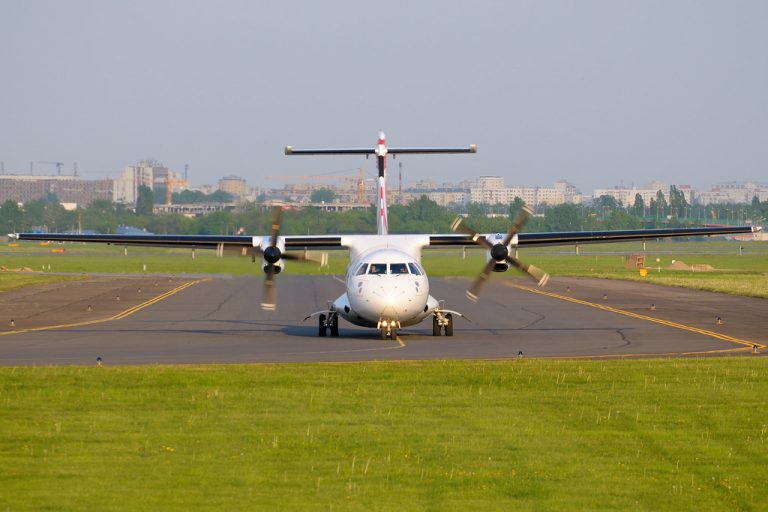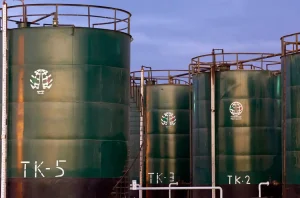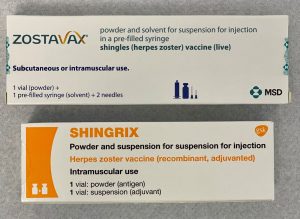A hush has fallen over boardrooms from Singapore to London as carriers find themselves clinging to spreadsheets rather than fresh metal. While airlines fret over delivery timelines stretching beyond a decade, one mid-tier lessor seems poised at an odd crossroads between scarcity and opportunity.
In the blink of an eye, thousands of jets vanished from production schedules, and the ripple is reaching Avation’s hangar doors. At first glance, the firm’s modest fleet of 34 aircraft, mostly ATR 72 turboprops with a handful of narrow-body types, might seem underwhelming beside industry giants. Yet those very constraints may be precisely what an investor needs to understand. As Airbus and Boeing juggle backlogs measured in four-figure sums and global passenger traffic out of the Asia-Pacific region leaps by over ten per cent year-on-year, a landlord with committed cash flows and targeted renewal opportunities is finding itself centre stage.
Behind the curtain, Avation’s balance sheet tells its own story. Last fiscal year delivered roughly US $92 million in revenue, underpinned by leases that extend eight to twelve years. Net debt runs at 57% of assets, bolstered by US $332 million of unsecured notes at an 8.25% coupon coming due in 2026. It is a structure that keeps the cost of capital front and centre and high leverage on the table for the next 12 to 18 months, even as refinancing markets remain supportive of aviation names. An imminent influx of collateral-rich turboprop deliveries, ten ATR 72-600s slated to join the roster over the next four years, will require fresh funding, yet also promise more resilient lease rates as airlines scramble for fuel-efficient regional equipment.
Imagine a virtual war room where analysts fire questions with clinical precision: what happens if Pratt & Whitney mandates an unscheduled service bulletin; how deep are the bankruptcy-remote safeguards; and can mid-life disposals be traded without compromising revenue visibility? The answer echoes across that digital workspace: scarcity lends clarity to pricing power. With more than 80% of residual values tied up in single-aisle new-generation jets and ATR turboprops, and just 15% of net book value scheduled for renewal over three years, Avation is effectively locked into a rising rental curve.
Crucially, Asia-Pacific airlines account for over half of Avation’s rent rolls. As the region’s market reopens and routes multiply, the value of a guaranteed fuel-efficient portfolio has never looked more compelling. Europe and Latin America add geographic diversification, but even in mature markets, the convenience of transferring mid-life assets between carriers promises a margin of safety should demand temper. Meanwhile, early positioning in sustainable aviation fuel–ready turboprops may insulate against impending regulatory and market shifts, preserving asset values when rivals eye second-hand ATRs with caution.
Avation PLC (LON:AVAP) is a commercial passenger aircraft leasing company owning a fleet of aircraft which it leases to airlines across the world. Avation’s future focus are new technology low CO2 emission aircraft.









































